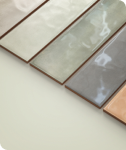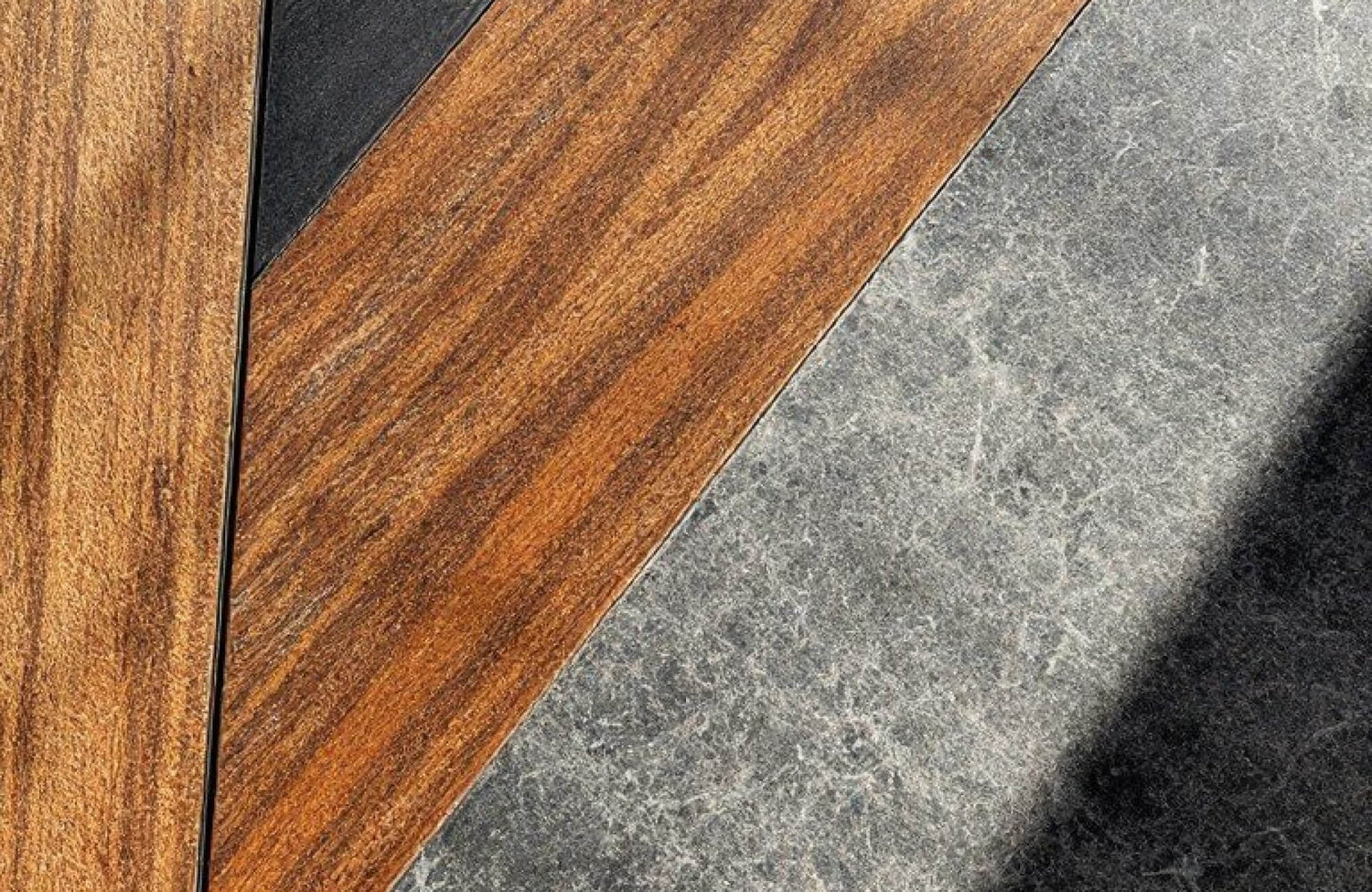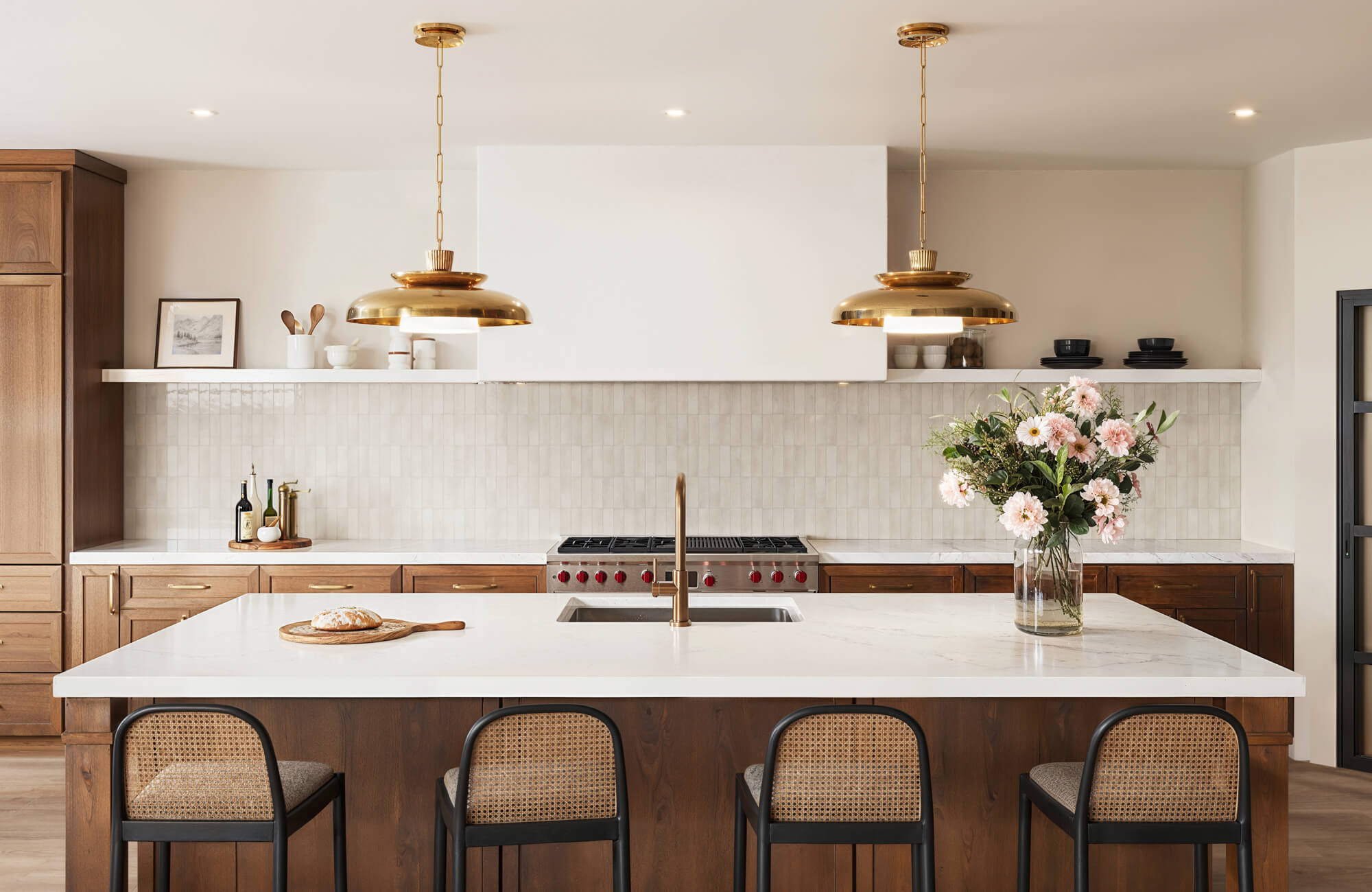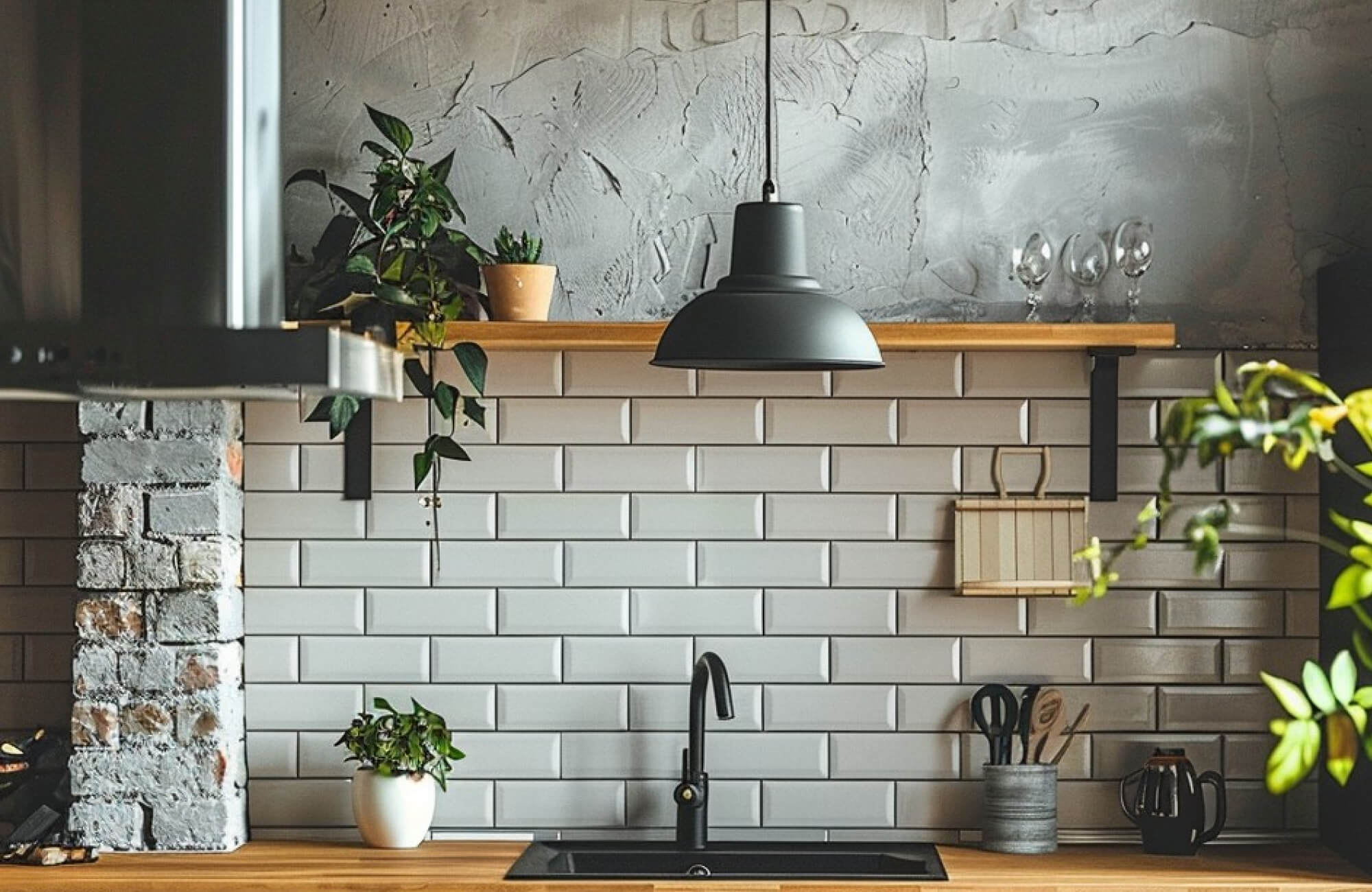Choosing between wooden and concrete floors is a crucial decision that influences the look, feel, and functionality of your home. Both materials offer distinct benefits, with wood providing warmth and character, while concrete delivers durability and a modern aesthetic. Each option can dramatically alter the atmosphere of a space, making it essential to align your flooring choice with your personal style and household needs.
In this article, we’ll break down the key differences between wooden and concrete floors, covering aspects such as durability, comfort, and environmental impact. We’ll also highlight wood-look tiles as a durable and stylish alternative, perfect for homeowners who want the best of both worlds.
Aesthetic Appeal
Wooden floors offer rich textures and natural grain patterns that add depth to any room. Their timeless charm complements a wide range of interior styles, from rustic farmhouse to elegant traditional designs, creating a warm and inviting atmosphere. Furthermore, wood has the ability to develop a distinct patina over time, which improves its visual appeal and makes each plank feel unique. This organic, lived-in quality provides a personal touch that synthetic materials cannot replicate.
Concrete floors, on the other hand, have a sleek, modern appearance that complements contemporary and minimalist designs. Their smooth, polished surfaces reflect light, creating an open, spacious feel, and allow for endless customization with stains, dyes, and textures. Concrete can also have the appearance of stone, tile, or even wood, giving homeowners more design options. This adaptability enables concrete to transform spaces into stylish, statement-making environments while maintaining a clean, architectural aesthetic.

Durability and Maintenance
While wooden floors are undeniably beautiful, they require regular maintenance to preserve their appearance and longevity. They are also prone to scratches, dents, and water damage, which can make them less suitable for areas that experience frequent use or moisture. However, with the right care, such as refinishing and sealing, wood floors can last for decades. This combination of vulnerability and renewability offers a unique balance, allowing wood to restore its original appeal over time.
In contrast, concrete floors excel in durability and require little maintenance, making them an attractive option for long-term use. Concrete resists wear from frequent use, spills, and general household activity, maintaining its integrity even in the most demanding environments. Although periodic resealing may be needed, concrete still involves far less upkeep compared to wood. Its durability and low-maintenance qualities make concrete a practical choice for homeowners looking for lasting performance and ease of care.
Comfort and Insulation
Wood floors provide natural warmth and softness underfoot, making them an ideal choice for living rooms and bedrooms. Their excellent thermal insulation properties help retain heat, creating a cozy atmosphere during colder months. This insulating quality also reduces noise, which makes wooden floors a peaceful and appealing option for families. As a result, they are often preferred in spaces where comfort and warmth are essential.
In contrast, concrete floors have a harder, cooler surface that may feel less forgiving underfoot. However, they offer adaptability through features like radiant floor heating, which can significantly enhance warmth and comfort. Although concrete lacks the natural insulation that wood provides, its thermal mass helps regulate indoor temperatures by gradually absorbing and releasing heat. This makes concrete a practical option for homeowners who value durability and are open to integrating modern heating solutions.

Environmental Impact
Wood floors are often praised for their sustainability, especially when sourced from responsibly managed forests. Many manufacturers now offer eco-friendly options, such as reclaimed wood or certified sustainable materials, which help reduce deforestation and lower carbon footprints. Additionally, wood is biodegradable and renewable, making it an excellent choice for environmentally conscious homeowners.
Concrete floors, although durable and long-lasting, tend to have a higher initial environmental impact due to carbon emissions from cement production. However, advancements in green concrete alternatives, including those made with recycled materials or low-carbon cement, are helping to reduce this footprint. Concrete’s longevity and energy efficiency can further offset its environmental cost over time since it rarely requires replacement. Ultimately, both flooring options can contribute to sustainability depending on the materials used and the practices involved in manufacturing and installation.

Cost Analysis
Wooden floors frequently have higher initial costs due to the cost of materials and the complexity of installation. Hardwood, in particular, can be expensive, and the labor required to cut, fit, and finish the wood increases the overall cost. However, wooden flooring can increase property value and provide long-term financial benefits because of its classic appeal and durability, making it a desired feature for many homeowners. Proper maintenance can extend its lifespan even further, ensuring long-term value that compensates for the initial investment.
Concrete floors, on the other hand, are typically less expensive to install, particularly in large areas or for new construction. The materials are frequently less expensive, and the installation process is simpler, lowering labor costs. Concrete's durability and low maintenance requirements also contribute to its cost-effectiveness, as it rarely requires replacement or extensive repairs. While decorative concrete finishes can raise the cost, the long-term savings and durability make concrete a practical and affordable flooring option for many families.
Practical Applications
As previously highlighted, wooden floors are perfect for spaces where warmth and comfort are essential, such as living rooms and bedrooms. Their inviting appearance and soft feel underfoot make them a preferred choice for areas intended for relaxation and social gatherings. Additionally, wooden floors complement both traditional and modern interiors, adding charm to dining rooms and home offices. However, their sensitivity to moisture makes them less suitable for bathrooms or basements, where high humidity can lead to warping or damage.
Concrete floors, by contrast, excel in areas that experience frequent use or are exposed to moisture, including kitchens, basements, and laundry rooms. Their durability and resistance to spills and stains make them practical for spaces with heavy daily activity. Concrete is also a popular choice for garages, patios, and utility rooms, offering a hard-wearing solution that performs well in both indoor and outdoor environments. This makes concrete a versatile option for homes that require durability throughout various frequent-use areas.
Wood-Look Tile: The Best of Both Worlds
If you want an alternative that combines the beauty of hardwood with the resilience of concrete, wood-look tiles crafted from porcelain offers the perfect solution. Designed to mimic the warmth, grain, and texture of natural wood, these tiles bring the inviting aesthetic of traditional floors to any space. Unlike hardwood, wood-look tiles resist scratches, moisture, and fading, making them well-suited for kitchens, bathrooms, and high-moisture areas where wood often falls short. They also maintain their integrity outdoors, outperforming concrete, which can crack due to moisture and temperature changes over time.
When it comes to durability, wood-look tile stands out against both wood and concrete. While concrete floors are long-lasting, they are prone to stains and cracking, often requiring sealing and repairs. In contrast, wood-look tile resists cracking and stains without the need for ongoing maintenance. Edward Martin tiles, for example, require no sealing, making them a hassle-free option for busy homes. This durability makes wood-look tile ideal for areas that experience frequent use, spills, and moisture—offering peace of mind for households with children or pets.
In addition to durability, wood-look tiles provide unmatched design versatility. Available in a wide range of colors, plank sizes, and patterns, they seamlessly fit into various styles, from rustic farmhouse to sleek modern interiors. Unlike concrete, which leans toward an industrial aesthetic, wood-look tile enhances both traditional and contemporary spaces. Its ability to replicate the look of natural wood while delivering the toughness of tile makes it a practical, long-lasting flooring solution that balances elegance with performance.
If you want to see how the right wood-look tile can transform your home space, use our augmented reality (AR) tool to view different colors and finishes in real-time. It's a great way to test out different options and see how each tile choice affects your interior design before making a final decision.
Conclusion
Selecting the right flooring, whether wood or concrete, plays a vital role in shaping both the style and functionality of your home. Wooden floors offer warmth, charm, and classic appeal, while concrete provides sleek, modern aesthetics with impressive durability. Each option presents unique advantages and potential downsides, making it essential to weigh factors like comfort, maintenance, and long-term practicality to find the best fit for your space.
If you are looking for a solution that blends beauty with durability, wood-look tiles offer the perfect middle ground. They deliver the rich, natural look of hardwood with the added benefits of water resistance and minimal upkeep. If you have any questions or need tailored advice, don’t hesitate to contact us! Our team is here to guide you through every step of selecting and installing wood-look tiles, ensuring your space achieves the perfect blend of style and durability.











